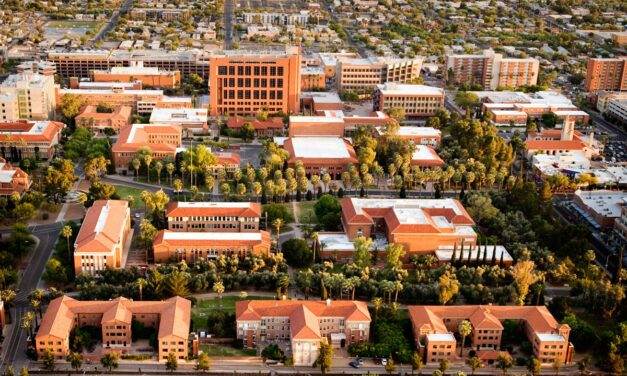NATION – Even if you clean your house regularly, you may notice that it’s a struggle to keep dust at bay. It might be inevitable, but that doesn’t mean you can’t manage and reduce it. This article is for you if you regularly find yourself asking, “why is my house so dusty?”
If you’re frustrated by how quickly dust collects on surfaces in your house, there could be a few reasons why. Though it’s possible to dust your house on your own, investing in a local housekeeping or maid service can help you save time and maintain air health. Below, take a look at five ways to get rid of it once and for all.
By investing in a maid service, you can prevent it from becoming a recurring frustration in your household. To figure out why your house is so dusty and to keep levels in check, it’s important to follow a few easy steps below.
1) Maintain Humidity Levels: Since dust, dust mites and mold thrive off of moisture, it’s wise to keep humidity levels under control. Typically, you can ward off allergens by keeping humidity levels around 30% to 50%. Use a dehumidifier and air conditioner to decrease the moisture levels in indoor air. Also, an air conditioner minimizes the concentration of pollen indoors, which can be especially beneficial for people with seasonal allergies.
2) Repair Any Leaking Ducts: Your HVAC system’s ducts are designed to facilitate the smooth, clean movement of air throughout your home to optimize and improve indoor air quality. When there’s a leaking duct, the hole can trap dust particles and cause your house to become more dusty than usual. Since it’s tricky to identify a leak on your own, it’s probably worth the cost of hiring a professional air duct and vent cleaner. They can determine the location of the leak and reseal it to recalibrate airflow.
3) Replace Your HVAC Air Filters Often: To reduce the chances of dust collecting easily, it’s best to replace or at least deeply clean your HVAC filters every couple of months. Check to make sure your air filter has a solid rating according to the EPA’s Minimum Efficiency Reporting Values (MERV), which measures a filter’s ability to capture tiny particles on a scale from one to ten. Ideally, your MERV rating should be an eight or above.
4) Vacuum Floors, Walls and Ceilings: Dust and allergens can embed themselves in carpets and rugs for years. Buy a vacuum with a high-efficiency particulate absorbing (HEPA) filter to help minimize the concentration of toxins and allergens in your home. Vacuum two or more times each week to give yourself a better chance of preventing dust formation.
Walls, ceilings and upholstered furniture are important surfaces to vacuum, too. For surfaces where a vacuum can’t reach, dust cloth or microfiber mops are a great solution. If you want to ensure every speck of dust is removed, you might justify the cost of a local wall cleaning service. Professionals not only dust your walls, ceilings and doorframes, but they can also remove any hard-to-reach cobwebs, tough cooking stains and more. If you’re wondering if you should dust or vacuum first, keep in mind that most professionals recommend starting with vacuuming.
5) Invest in a High-Quality Air Purifier: If you’re already on top of regular dusting and vacuuming, one of the best things you can do to maintain a dust-free home is purchase an air purification system. If your budget allows, you might want to consider paying to install a whole house purifier. These types of air filtration systems are usually smart investments for long-term dust reduction and improved air quality.
Even if you opt for smaller air purifiers only in certain rooms, it’s key to make sure the devices are certified effective. For example, some purification systems have UltraHEPA and carbon and volatile organic compound (VOC) filters. HEPA filters are the gold standard since they eliminate both dust and microorganisms such as pollen, mold, bacteria and many viruses. After all, toxic pollutants can easily collect and spread via dust.
How Does Dust Form? Dust is made of small particles of dirt, pet dander, human skin, pollen and more. You’ll be particularly sensitive to breathing in these types of particles if you have a dust allergy. How quickly dust collects depends on the environment. If a layer of dust builds up on surfaces rather quickly, like in one or two weeks, there are most likely some reasons why. Contributing factors could include your HVAC filter age and quality, duct leaks and humidity levels.
You can get to the bottom of your dust problems by staying aware of the possible causes and solutions for rapid build-up. You don’t need to wait for the dust to settle before choosing to hire a cleaning service. No matter why your house is collecting dust, chances are you’ll benefit from hiring a local deep cleaner to thoroughly refresh and disinfect your space to keep it out of your home.
– HomeAdvisor



























